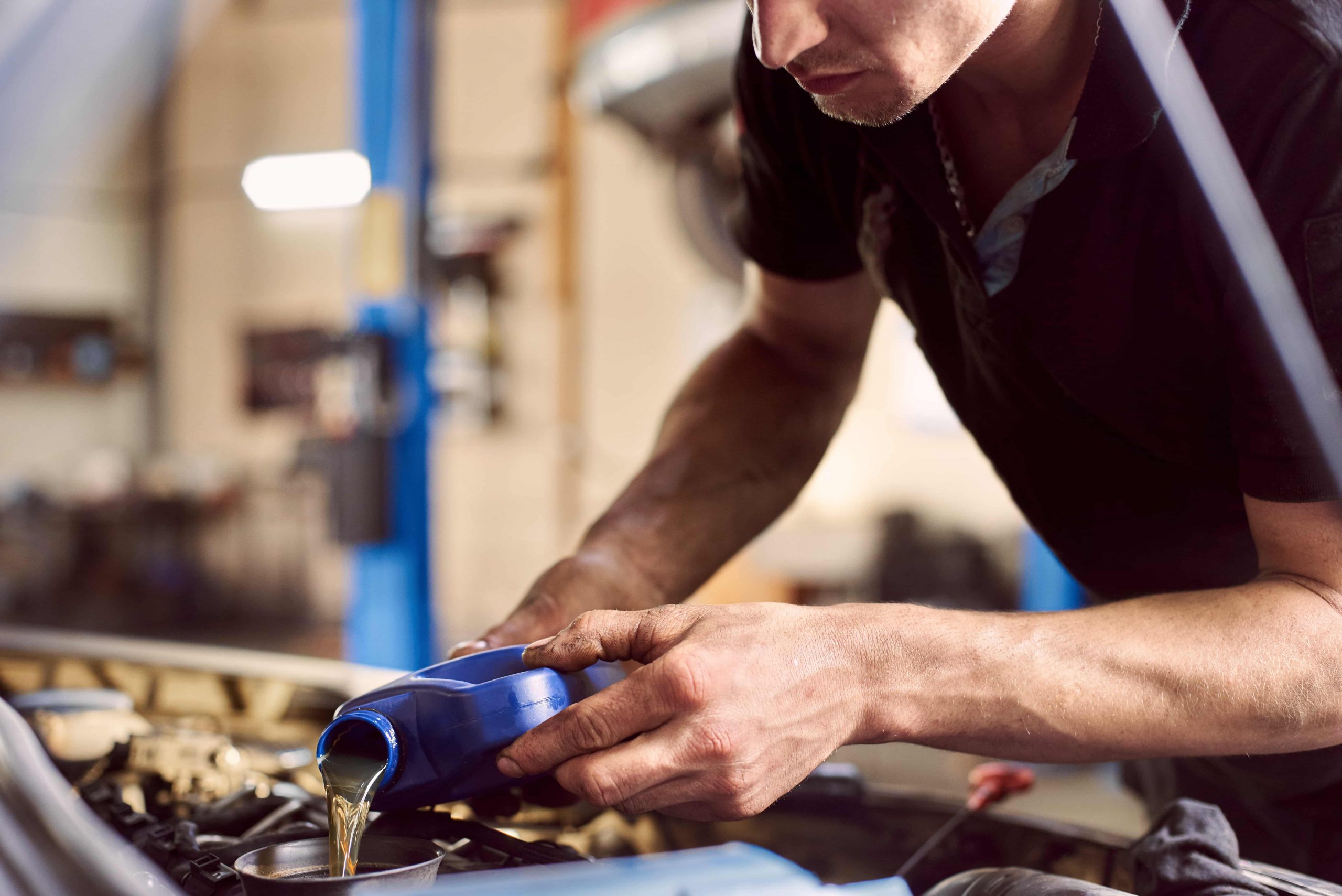Your car’s battery provides fuel to its electrical system and keeps it functioning, but as with all automotive parts it will eventually wear out and need to be replaced. However, changing out a car battery needn’t be difficult or complicated.
Before working on your battery, it is essential that you wear protective gloves and eyewear. Once this has been accomplished, find and loosen the negative terminal (usually black with a “minus”) using a wrench.
Location
Car batteries are complex electrochemical systems designed to store energy and provide electricity for ignition, headlights and other parts of your car’s electrical components. But batteries don’t last forever – replacing it before becoming stranded is recommended.
Your vehicle may allow for battery replacement in under an hour if you have all of the required tools and are working in a well-lit area. In order to best serve yourself and solve any potential problems that may arise when changing out batteries on your own, it’s also helpful to have an in-depth knowledge of its electrical system in order to effectively troubleshoot any issues that might arise.
As part of your toolbox, you will require an adjustable wrench, disposable rubber gloves, clean lint-free rags and clean water; baking soda and water; battery brushes (post cleaning tools); dielectric grease; washers for terminal protection against corrosion as well as safety goggles are necessary – old batteries contain toxic substances and should always be properly disposed off by taking them to an AutoCare Center near your location or taking advantage of our NAPA AUTO PARTS stores’ recycling centers instead.
Tools
An even well-maintained car battery may eventually reach its life expectancy and need replacing. Although DIY replacement may seem intimidating, with the proper tools you can successfully swap out your old battery yourself without incurring mechanic costs.
Start by turning off the engine and locating your battery under the hood (referring to your owner’s manual if needed). Wearing work gloves and eye protection, loosen the bolt that secures the negative terminal cable to the battery using wrench or pliers; if this proves ineffective then use a small hammer gently tapping against it until the cable connector detaches from its terminal post.
As you loosen the bolt, identify both positive and negative terminals by looking for red or black terminals (with positive ones always marked with “+” symbols). Unplug the cable, remove all battery terminals using brush-and-baking soda solution cleaning, then spray anti-corrosion products onto them. Finally, it is time to install your new battery, reconnecting all terminals and clamps while making sure positive and negative connections match up correctly.
Loosen the Negative Cable
Before installing the new battery, it is a smart move to unplug and dispose of the old one first, in order to reduce the chance of an electrical short circuit between positive and negative cables.
Locate the battery in your engine bay; consult your car manual if unsure where it can be found. Note the negative terminal (usually black with an “-” symbol) as well as its cable that leads to it – keeping in mind that its connection must never come into contact with any metal parts on either engine or fender.
Before proceeding with any work on the terminals or cables, put on safety goggles and utility work gloves before loosening the nut that connects the lead-metal battery terminal to the negative cable with an appropriate wrench. Loosening should take just a few turns; make sure to retighten when reattaching cable. Give positive terminal connection a gentle jiggle test as well to make sure both connections are firm.
Remove the Clamp
Car batteries provide your trusty vehicle with fuel, but even maintenance-free ones eventually run their course. Instead of spending hundreds at an auto shop for replacement services, save money and time by learning how to replace your own car battery instead.
Start by loosening the negative cable clamp using a wrench, followed by taking steps to unmask and loosen any covers (if applicable) as well as loosening nut(s) on negative terminal. Once disconnected, set cable(s) aside safely.
Remember, however, that there’s still caustic liquid battery acid inside of your new battery; make sure no metal comes into contact with it until you are ready to remove it from the tray and dispose of it properly. Now is also an opportune time to thoroughly clean its old tray, hold-down clamp and terminal ends before disposing of them properly.
Once all bolts have been undone to secure the clamps around the battery, release it from its tray by loosening its bolts. Lift it straight up out of its tray while being careful as batteries weigh 30-60 lbs each and can cause serious harm if dropped. In order to avoid an electrical short, remember to attach positive/red terminal clamp first and black negative terminal clamp second when attaching clamps – this way they are properly balanced with one another and won’t crack or break if dropped!
Remove the Battery
Under the hood, inspect the battery tray and clamps for corrosion. If any exists, clean them using a wire brush and baking soda solution before spraying terminals with anti-corrosion spray. If your car features a hold-down bracket, remove it so you can lift out and out straight up with care (batteries weigh 30-60 lbs!). Compare specifications before selecting an appropriate replacement battery size for your vehicle.
While your engine is off, open the hood and locate your battery – they should be large, block-like components near the edge of your engine bay. Once found, locate its negative cable (black) and loosen its nut using a socket wrench or ratchet.
Repeat these steps on the positive (red) terminal, then unbolt and remove the battery hold down clamp. Set aside your old battery in an environmentally safe location for disposal; now is also an opportune moment to review your tools in preparation for installing your new battery.


